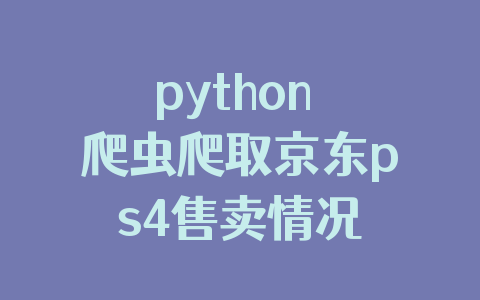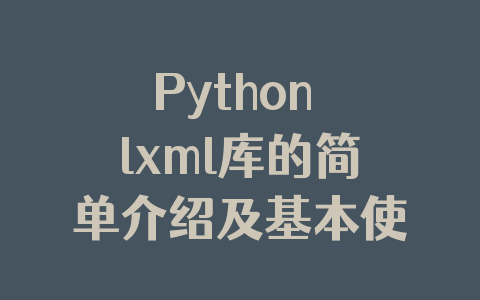
栈是一种线性数据结构,用先进后出或者是后进先出的方式存储数据,栈中数据的插入删除操作都是在栈顶端进行,常见栈的函数操作包括
- empty() ? 返回栈是否为空 ? Time Complexity : O(1)
- size() ? 返回栈的长度 ? Time Complexity : O(1)
- top() ? 查看栈顶元素 ? Time Complexity : O(1)
- push(g) ? 向栈顶添加元素 ? Time Complexity : O(1)
- pop() ? 删除栈顶元素 ? Time Complexity : O(1)
python中栈可以用以下三种方法实现:
1)list
2)collections.deque
3)queue.LifoQueue
使用列表实现栈
python的内置数据结构list可以用来实现栈,用append()向栈顶添加元素, pop() 可以以后进先出的顺序删除元素
但是列表本身有一些缺点,主要问题就是当列表不断扩大的时候会遇到速度瓶颈.列表是动态数组,因此往其中添加新元素而没有空间保存新的元素时,它会自动重新分配内存块,并将原来的内存中的值复制到新的内存块中.这就导致了一些append()操作会消耗更多的时间
>>> stack = []
>>> #append() fuction to push
... #element in list
...
>>> stack.append('hello')
>>> stack.append('world')
>>> stack.append('!')
>>> print('Initial stack')
Initial stack
>>> print(stack)
['hello', 'world', '!']
>>> #pop() function to pop element
... #from stack in LIFO order
...
>>> print('\nElement poped from stack')
Element poped from stack
>>> print(stack.pop())
!
>>> print(stack.pop())
world
>>> print(stack.pop())
hello
>>> print('\nStack after all elements are poped')
Stack after all elements are poped
>>> print(stack)
[]
使用collections.deque实现栈
python中栈也可以用deque类实现,当我们想要在实现在容器两端更快速地进行append和pop操作时,deque比列表更合适.deque可以提供O(1)时间的append和pop操作,而列表则需要O(n)时间.
>>> from collections import deque
>>> stack = deque()
>>> # append() fuction to push
... #element in list
...
>>> stack.append('hello')
>>> stack.append('world')
>>> stack.append('!')
>>> print('Initial stack')
Initial stack
>>> print(stack)
deque(['hello', 'world', '!'])
>>> #pop() function to pop element
... #from stack in LIFO order
...
>>> print('\nElement poped from stack')
Element poped from stack
>>> print(stack.pop())
!
>>> print(stack.pop())
world
>>> print(stack.pop())
hello
>>> print('\nStack after all elements are poped')
Stack after all elements are poped
>>> print(stack)deque([])
使用queue module实现栈
Queue模块有LIFO queue,也就是栈结构.用put()和get()操作从Queue中添加和获得数据
>>> from queue import LifoQueue
>>> stack = LifoQueue(maxsize = 3)
>>> print(stack.qsize())
0
>>> stack.put('hello')
>>> stack.put('world')
>>> stack.put('!')
>>> print('\nElement poped from stack')
Element poped from stack
>>> print(stack.get())
!
>>> print(stack.get())
world
>>> print(stack.get())
hello
>>> print('\nEmpty:', stack.empty())
Empty: True
以上就是python中实现栈的三种方法的详细内容,更多关于python 实现栈的资料请关注自学编程网其它相关文章!













